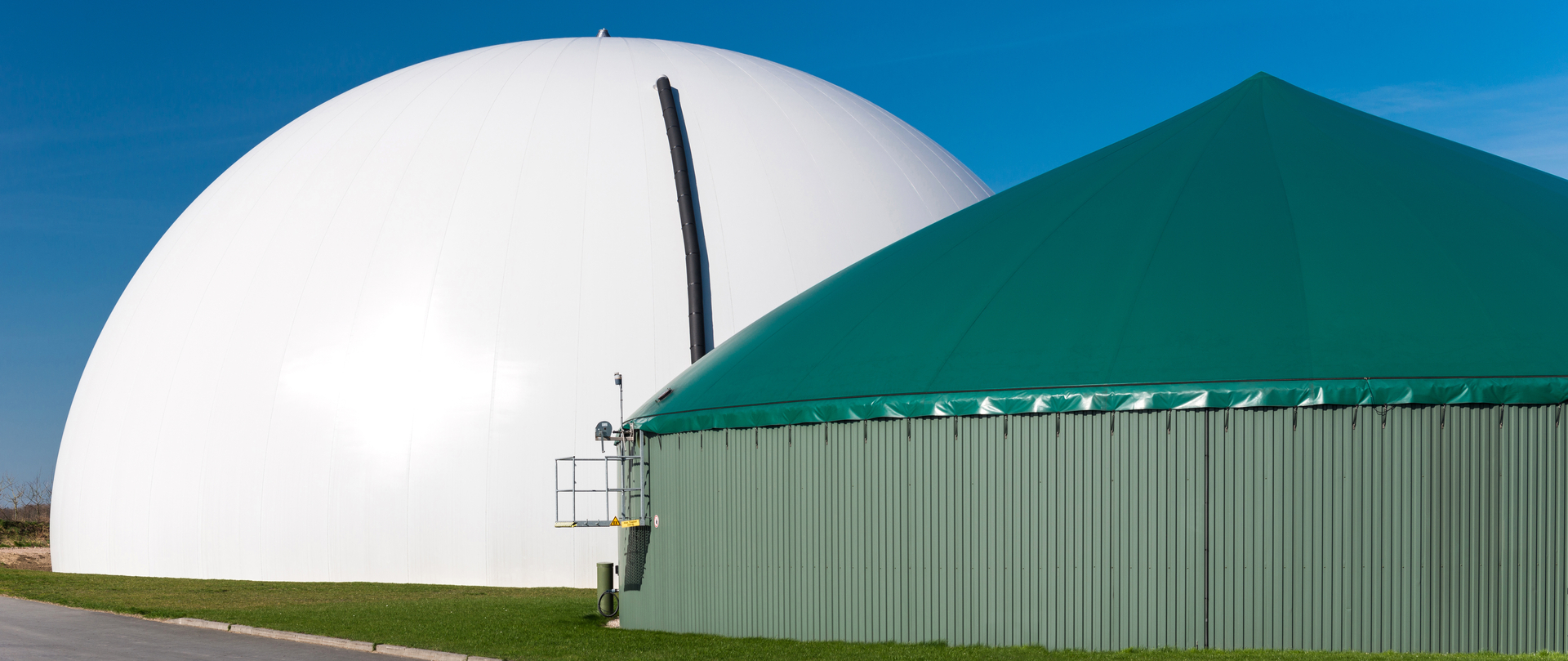Methane is a gas that is often found in the Earth's atmosphere. It’s odorless and colorless, but it can be flammable.
But how is it made? It’s produced when organic matter decomposes without oxygen. This process happens in landfills, wetlands, and coal mines. However, it can also be produced by cows and other animals that digest food.
Methane isn’t poisonous. But it can be dangerous if it builds up in an enclosed space. When methane mixes with air, it can create an explosion hazard. That's why it's important to detect methane leaks early.
There are a few different ways to detect methane leaks. One method is to use a flame ionization detector (FID). This device measures the amount of methane in the air by igniting a small flame inside the detector. The methane in the air reacts with the oxygen in the flame, creating ions that are detected by an electrode.
Another common method for detecting methane leaks is called infrared absorption spectroscopy (IRAS). This technique uses infrared light to identify molecules of methane in the air. A sensor detects how much light is absorbed by the methane molecules and uses that information to calculate the concentration of methane in the air.

Methane is a powerful greenhouse gas and the main component of natural gas. A methane leak can have significant environmental impacts, so it's important to be able to detect and monitor them.
There are a few different ways to detect methane leaks. One common method is using a sniffer, which is a device that can detect methane in the air. Sniffers are often used along pipelines to detect leaks.
Another way to detect methane leaks is through Infrared cameras. These cameras can pick up on the heat signature of methane, making it possible to see where there may be a leak.
Once a methane leak has been detected, it's important to then monitor the leak to see how much methane is being released into the atmosphere. This can be done with sensors that measure the concentration of methane in the air.
Methane is a powerful greenhouse gas, and reducing methane emissions is critical to slowing climate change. There are a number of ways to detect and repair methane leaks, and it’s important to choose the right solution for your needs.
Infrared cameras can be used to detect methane leaks, and they’re often used in combination with other tools like pressure sensors or acoustic detectors. Leak detection can also be done with ground-penetrating radar, which can locate underground pipelines and tanks. Once a leak is detected, it can be repaired with a variety of methods, including patching, sealing, or capping.
Leaks of methane from natural gas production can have a significant impact on climate change. Natural gas is composed of methane, but also includes other gases like ethane and propane. Having a leak detector is important, as a leak can occur at any stage in the natural gas production process. From drilling and hydraulic fracturing (fracking) to transport and storage. Methane leak detection is therefore an important part of natural gas operations, in order to minimize methane emissions.
There are a variety of methods that can be used to detect methane leaks, including ground-based sensors, aircraft-based sensors, and satellite-based sensors. Each method has its own advantages and disadvantages, and choosing the right methane leak detection method depends on the specific circumstances.
Countries that follow or have to comply with EPA regulations which states that continuous measurement of the flaring system has to be made and reported upon. This detail has to be recorded and reported. Rules are such that the flare has to operate at 1000 `C, and measurement of three gasses are critical to the EPA compliance reporting CH4, O2 and CO2 The flare will just about operate at a minimum of 20% CH4 anything below then there will be an issue with the flare staying alight but the temp must remain at 1000`C. to do this you then need flow to compensate the CH4 reduction.
Compliance with EPA regulations and ensuring the quality of gas to the flare is monitored.
Operators opt for fixed in line systems that measure continuously on a single sample point. These systems connect via industry standard protocols to the operators control systems housed on site.
Countries that follow or have to comply with EPA regulations which states that continuous measurement of the flaring system has to be made and reported upon. This detail has to be recorded and reported. Rules are such that the flare has to operate at 1000 `C, and measurement of three gasses are critical to the EPA compliance reporting CH4, O2 and CO2 The flare will just about operate at a minimum of 20% CH4 anything below then there will be an issue with the flare staying alight but the temp must remain at 1000`C. to do this you then need flow to compensate the CH4 reduction.
Compliance with EPA regulations and ensuring the quality of gas to the flare is monitored.
Operators opt for fixed in line systems that measure continuously on a single sample point. These systems connect via industry standard protocols to the operators control systems housed on site.